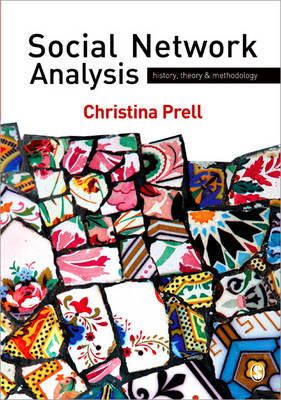
Social Network Analysis: History, Theory and Methodology
Christina Prell
This engaging book represents these interdependencies′ positive and negative consequences, their multiple effects and the ways in which a local occurrence in one part of the world can directly affect the rest. Then it demonstrates precisely how these interactions and relationships form.
This is a book for the social network novice learning how to study, think about and analyse social networks; the intermediate user, not yet familiar with some of the newer developments in the field; and the teacher looking for a range of exercises, as well as an up-to-date historical account of the field.
It is divided into three clear sections:
1. historical & Background Concepts
2. Levels of Analysis
3. Advances, Extensions and Conclusions
The book provides a full overview of the field - historical origins, common theoretical perspectives and frameworks; traditional and current analytical procedures and fundamental mathematical equations needed to get a foothold in the field.
Product Details
Reviews for Social Network Analysis: History, Theory and Methodology
with recurring hints on how to perform different kinds of analysis using UCINET, a popular software tool for SNA
makes this book especially suitable for practitioners."
Fernando Berzal
Computing Reviews
This book by Christina Prell more than adequately fulfils a promise to meet the needs of those coming to the field for the first time, the intermediate researcher looking to develop skills in the field and for teachers seeking a comprehensive account that will help inform their students.[...] It offers a straightforwardly clear and practical ‘how to’ together with introductions to the favoured computer software applications – always a valuable insight to the neophyte. Indeed if I were to seek a ‘foothold’ in SNA this is where I would start.
Dr Ron Iphofen The book is a highly recommendable introduction to the field, remarkable for its clarity, accessibility and completeness, with ambitions to fast-forward its readers from beginners’ level up to the point where they can at least appreciate, though perhaps not yet use, advanced models.
Paola Tubaro
Sociology Journal
